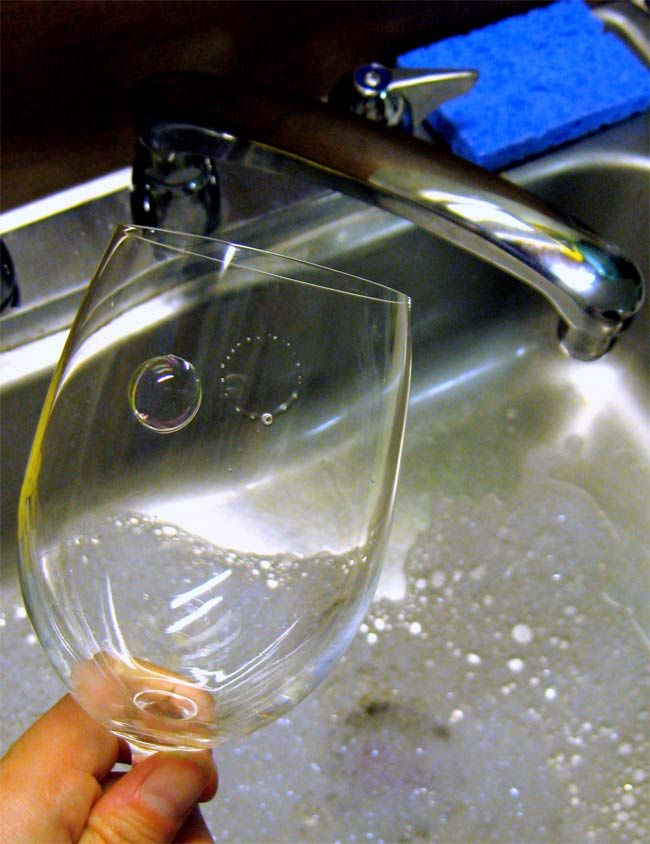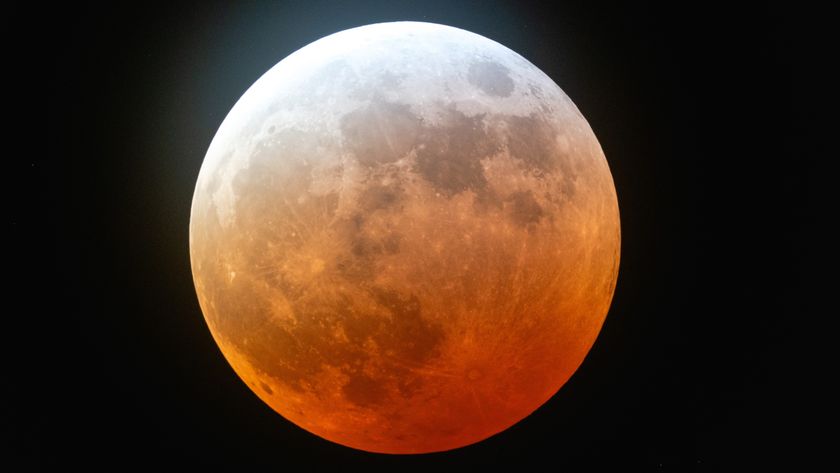Bubble Bursted on the Science of Bursting Bubbles

Sorry to burst your bubble, but it turns out bursting bubbles is more complicated than anyone thought.
Conventional wisdom has held that when a bubble pops, it vanishes. Now scientists have found that a popped bubble actually creates a ring of smaller daughter bubbles in its wake.
The discovery isn't just mind-popping — it could have real-world consequences in fields where bubbles matter, such as climate models that must account for bubbles in sea foam.
The research began serendipitously. A group of graduate students at Harvard University in Cambridge, Mass., was working late one night and began playing with bubbles. When they paid close attention, they noticed that popped bubbles didn't just disappear, but actually created bunches of little bubbles.
Some further experimentation showed this happens in many situations, with different materials.
"It's probably happening around you any time you do dishes," said study leader James Bird, one of the Harvard students working for professor Howard Stone. "What surprised me was just how ubiquitous it was."
The researchers used a high-speed digital camera to film bubbles as they popped, while closely monitoring the results. Then they built a computational model based on the principles of physics to see if they could explain their observations. Bird said they were almost surprised by how closely their observations and theoretical predictions matched up.
Sign up for the Live Science daily newsletter now
Get the world’s most fascinating discoveries delivered straight to your inbox.
So even though complex on the surface, the science of bursting bubbles is actually rather simple, he said.
A bubble is actually a pocket of air surrounded by a thin layer of liquid. In the case of soap bubbles, the liquid is made of water mixed with a little bit of detergent, which contains molecules that stick to the surface of the water and help stabilize it.
A soap bubble sitting on a surface — such as a glass, for example — is shaped like a half sphere. When the thin liquid film pops, it collapses, folding in on itself and trapping a ring of air in the shape of a donut.
But the donut shape is unstable, so the film breaks up into little droplets all around the donut shape. Because these smaller spheres can have a lower surface area than the larger donut, they are more stable.
The process can repeat in cycles, with the daughter bubbles popping to create a ring of even smaller granddaughter bubbles. It only stops when the bubbles themselves become almost the same size as the thin layer of film, so the shape is warped and the physics are changed.
"It is something that we've probably all seen and just completely taken for granted and never even noticed it was there or cared," Bird told LiveScience. "It's one thing to say this is a neat party trick, but as I started looking more into the [scientific] literature, I was really struck by how important bubbles are."
For example, bubbles in sea foam are known to create aerosols, which are bits of solid or liquid suspended in a floating gas. Thus, they can be efficient at transferring salt or other particles through the sea and air, affecting the overall climate. Environmental scientists should perhaps take into account the daughter-bubble phenomenon when building models of sea spray, Bird suggested.
The researchers describe their findings in the June 10 issue of the journal Nature.
- Video: The Science of Bursting Bubbles
- Why Does Soda Fizz?
- Twisted Physics: 7 Recent Mind-Blowing Findings










